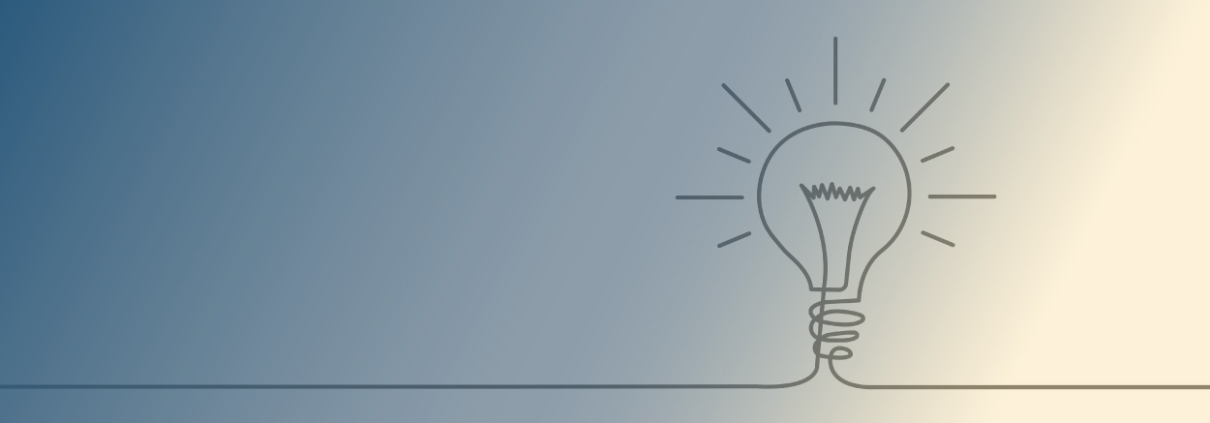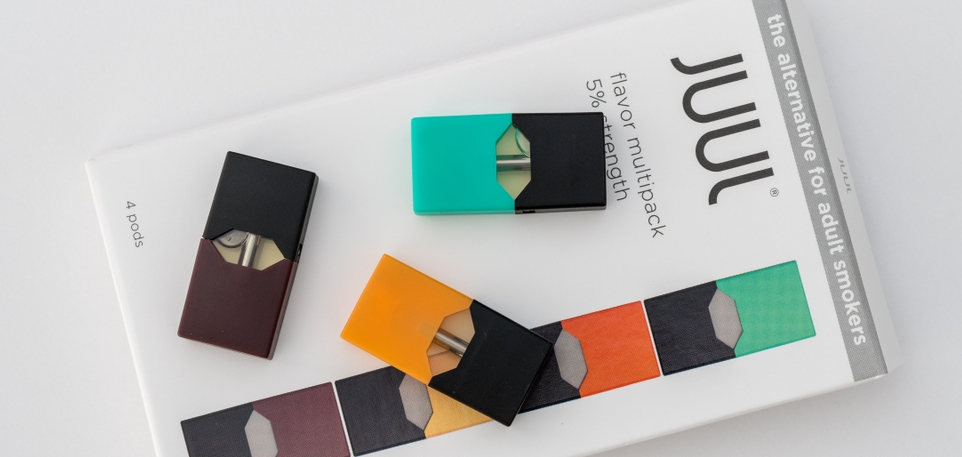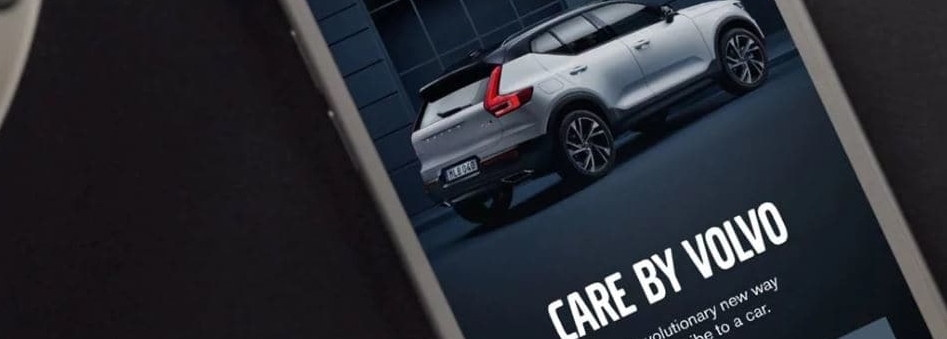144. Joe Matarese on Expectations and Building a Culture of Continuous Innovation
Every company starts as an innovation. Thereafter, the unceasing challenge is to keep innovating because the market continues to change, technology continues to advance and, crucially, customer expectations continue to rise. Economics For Business speaks with Joe Matarese, Executive Chairman of Medicus Healthcare Solutions, about how to build a culture of continuous innovation and overcome the countervailing forces of the status quo.
Key Takeaways And Actionable Insights
Every company starts as an innovation. The challenge is to continue — and ideally accelerate — innovation without pause.
As Joe Matarese puts it, innovation gets you into the game. It’s how every company starts. There’s the identification of a gap in the marketplace and the operationalizing of a new innovation to fill the gap, better than any other competitor or rival entrant.
Innovation is seldom a great new invention or unprecedented leap. It’s more often the day-to-day incremental changes and improvements in products and processes to meet customers’ changing expectations.
The great challenge is to continue or even accelerate innovation as the company grows and expands.
Continuous innovation combines mindset, processes, technology, empathy, and organizational empowerment.
The world is complex and ever-changing. Innovation is necessary for all businesses to keep up or even move ahead. Innovation is not simple, and it’s not easy — in fact it’s a continuous struggle against opposing forces. Joe Matarese has directed innovation from three vantage points: big corporate, startup, and large growth company. To achieve the goal of continuous innovation requires attention to multiple factors:
Mindset: Innovation must be the commitment for everyone in the company. That means always asking the question, “How can we do better?” Such a mindset requires both tolerance of discomfort — since there’s never any rest — and humility in the face of feedback. Innovative companies hire people with these characteristics and cultivate constant vigilance throughout the firm.
Processes: Things get done through the implementation of processes. Innovative are always seeking to improve their processes — make them faster, lower cost, and more efficient in their use of inputs, especially the use of people’s time. Innovation itself is a process, and process improvement is a form of innovation.
Technology: Irrespective of how innovative any one company may be, technology is progressing at an increasing rate of change with potential to render all processes faster, lower cost, and capable of higher quality and fewer errors. One way to ensure continuous innovation is the rapid adoption and early implementation of new technologies as they become available.
Empathy: Even more powerful than technology is the capacity to tap in to customers’ expectations. This is the source of knowledge about future requirements. Customers are experiencing new technology, are absorbing innovation from other firms in the market (whether they are firms that are competitive to yours or simply adjacent), are experiencing change, and their expectations are changing and becoming more demanding by the moment. By sensing their changing expectations, the innovative firm is in position to be a first responder or an innovator before the expectation has even hardened or matured. Being ahead of expectations is a powerful place to be.
Empowerment: People in front line sales and service functions are closest to customers and their expectations. Line operatives are closest to process implementation. Supply chain managers are closest to business partners and vendors. It is these front-line positions that are best placed to deliver information about expectations and what’s changing. They are also best placed to sense dissatisfaction and unease, and to make real-time changes and adjustments. If they are empowered to make changes and to both suggest and implement improvements — even if what they try doesn’t work — they will be more highly motivated and more likely to serve as an internal engine of innovation.
Tools: Joe shares how his company, Medicus, has developed tools for innovation. Internally, all employees have access to communications tools that ensure the customer data they collect, and the ideas they generate as a result, are widely circulated and responded to. Externally, doctor whom Medicus reimburses for services have access to a tool to record their time that is administratively simple and generates fast payment, addressing two measures of unease.
Our Econ4Business.com platform curates many tools for entrepreneurs. One example relevant to this episode is the “Continuous Customer Expectations Monitor” (see Mises.org/E4B_144_PDF2). It guides entrepreneurs through the continuous process of tracking and keeping up with changing customer expectations.
There is a constant counterforce to innovation that the innovative company must recognize and overcome.
There is an innate human resistance to innovation and change. Consider this from a leading brain scientist and psychologist:
When information streams in through our sensory systems, it first stops off at our amygdalae, which are there to ask the question, “Am I safe?” We feel safe in the world when enough of the sensory stimulation coming in feels familiar. When something does not feel familiar, however, our amygdalae tend to label that unfamiliar thing as dangerous, and they respond by triggering our fight-flight-or-play-dead fear response. —Jill Bolte Taylor, Ph.D., Whole Brain Living (Mises.org/E4B_144_Book)
It’s natural in humans to resist change. It may not be safe. It may threaten my job, or my comfortable routine, or generate unwanted uncertainty. Fear of change is real. The function that exercises the fear response in companies is bureaucracy. Bureaucracy exists to ensure compliance with existing rules, and their consistent and uniform implementation. Bureaucracy is anti-innovation.
When a business leader commits to improving a product or process, he or she is undoing what someone else in the firm had championed and nurtured and maintained. It’s a constant battle that must be waged between change and the maintenance of the status quo.
The adoption of new technologies is an effective technique of innovation, but it can also trigger a fear response.
Technology is the continuous innovator’s weapon. It advances at its own pace, as a form of evolutionary advance. Every technological innovation spurs new applications in the marketplace. The adoption of these new technology applications is a catalyst for continuous innovation in the firm, supporting both product and service improvements and the incremental efficiency of processes — faster, leaner, lower cost.
The fear mechanism exhibits itself as employees worrying about their jobs. Perhaps the application of technology will reduce the number of people supporting a particular process from 5 to 4 to 3 or 2 or even one or none. They fear that progress will punish them. They adopt a defensive mindset. The innovator’s goal is to change the mindset to one of anticipation of rewards for progress.
Basic economics tells us that resources which are no longer utilized in a process that is rendered more efficient are thereby released for higher and more productive uses. Innovation leaders can communicate that, and make sure employees know they will be rewarded for progress via new and better opportunities for them to contribute more through the higher productivity that innovation brings.
The greatest resource for continuous innovation comes from customer intimacy and empathy that senses customers’ escalating expectations.
When we talk about a changing marketplace, we are really talking about customer expectations. Innovation elevates customer expectations and thereby triggers the next round of innovation in a never-ending cycle.
For example, now that many people carry iPhones and other smartphones, they’ve become used to unprecedented levels of convenience, interconnection, functionality, and intuitiveness. Their expectations for every other piece of technology they encounter, and every interface they navigate, are raised to a new level. There’s a marketplace of expectations and every new technology raises the bar.
The way to keep pace, and to have any chance of anticipating and meeting the next level of raised expectations is to get as close to the customer as possible, to be with them when they’re using your product or service or technology and listen and empathize when they express a wish (or expectation) that the experience could be easier, better, faster, less frustrating, more enabling. “I wish it were as easy as my iPhone” is the expression of an expectation that everything should be as easy as the iPhone.
Innovating firms build in mechanisms that make continuous innovation not only possible but likely.
There’s a quote in the book Working Backward, about continuous innovation at amazon, to the effect that “Good intentions don’t work, mechanisms do”. The intent to improve a process or product is not enough; people already had good intentions in the first place. Mechanisms turn intentions into actions and achievements. Some of the mechanisms Joe Matarese recommended are:
Mechanisms for taking in data from and about customers: Customer intimacy has a mechanism, in the form of frictionless and unstructured data collection. Give front line employees and the technology they use the unfiltered capacity to gather customer information about their dissatisfactions and report it back.
Let people experiment: The E4B technique of explore and expand applies to everyone in the organization. Elevate experimentation over compliance. That’s the way learning happens.
Eliminate bureaucracy that is not mission-supportive: Every company eventually builds bureaucracies in order to support consistent application of business rules. Innovators differentiate between bureaucracy that is mission-supportive and bureaucracy that is mission-obstructive. HR is often a department where bureaucracy grows. If HR is helping to recruit talented people who will contribute to innovation, then the bureaucracy is mission-supportive. If HR imposes rules that unnecessarily impede innovation, then that part of the bureaucracy should be shut down. The goal is to liberate the value-generating creativity of everyone in the organization, and not to impede it.
Decentralization and entrepreneurial empowerment: Decentralization is a mechanism of innovation. The goal is for your organization to consist of hundreds of individuals thinking creatively and solving problems for customers. You want them all to think and to learn! They must know that the firm cheers them on for doing so.
Additional Resources
“Designing An Organization For Continuous Innovation” (PDF): Download PDF
“Continuous Customer Expectations Monitor” (PDF): Download PDF
Medicus Healthcare Solutions: MedicusHCS.com
Whole Brain Living: The Anatomy of Choice and the Four Characters That Drive Our Life by Jill Bolte Taylor: Mises.org/E4B_144_Book








Leave a Reply
Want to join the discussion?Feel free to contribute!